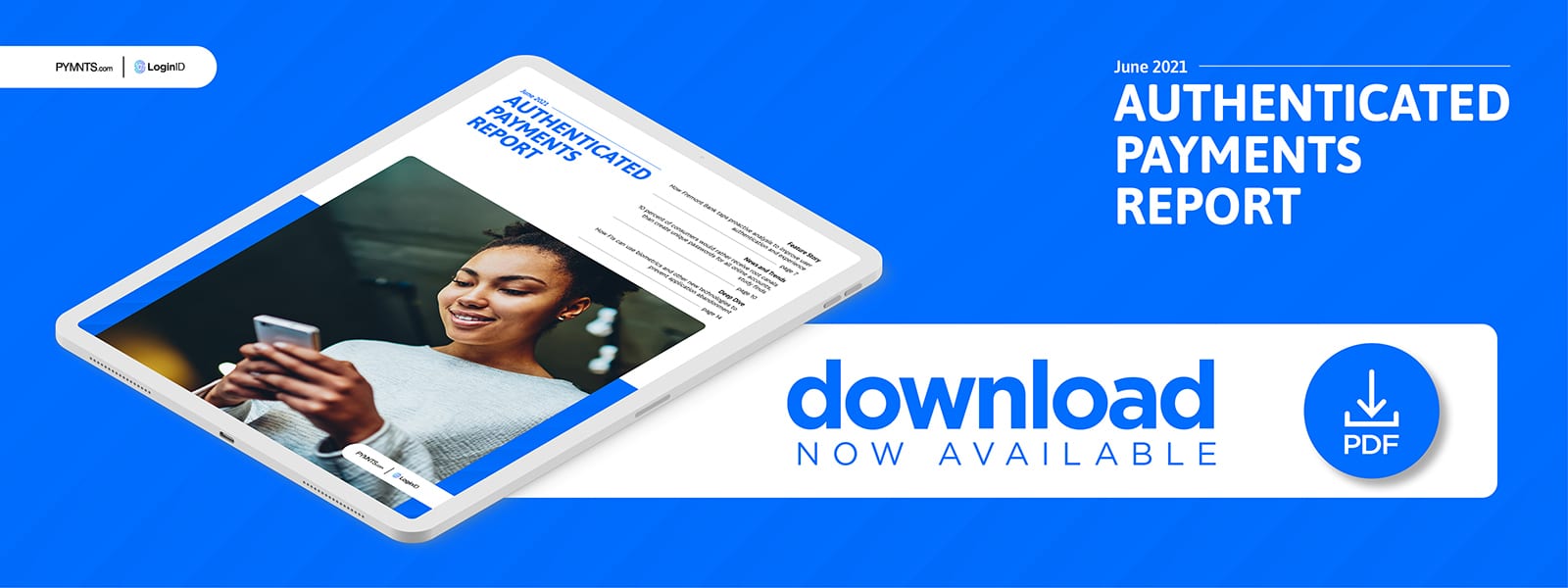How Fremont Bank Taps Proactive Analysis To Improve User Authentication And Experience

Here’s a data point: Clunky onboarding practices cause 63 percent of digital banking applicants from completing sign-up. In the Authenticated Payments Report, Fremont Bank’s Vivian Yeung explains the role of proactively analyzing customer drop-off points to streamline onboarding.
Digital engagement has been skyrocketing over the past year, especially in the financial field.
Record numbers of customers are using their phones or computers instead of visiting physical branches for their banking needs, and digital transactions are expected to total $2.5 trillion this year, up by 70 percent since 2020.
This surge in digital activity means that more consumers than ever are exploring digital banking for the first time, and that necessitates going through the often-unpleasant experience of onboarding. This process can be so tedious and inconvenient that up to 63 percent of digital banking applicants in some countries have abandoned these processes entirely, costing banks their business.
“The first page alone can be daunting,” said Vivian Yeung, executive vice president of Digital and Technology at California-based Fremont Bank. “It has to be easy for people to get into the funnel and not feel like, ‘Gosh, I [need to enter] my whole life story before I get in.’”
This need for convenience often runs up against a need for onboarding security, as it is necessary to meet compliance regulations to ensure that applicants are not bad actors. Yeung offered PYMNTS an inside look at how Fremont Bank meets these two competing objectives.
Ensuring Secure Onboarding
Onboarding at financial institutions (FIs) traditionally relied on credit score analysis, but Yeung said this is quickly falling out of favor due to fraudsters’ abilities to spoof credit information, with banks either replacing or supplementing it with complementary analyses.
“Traditionally, banks have been using things like credit information, but that’s so easily picked off by fraudsters [who can] look at the dark web and pull information,” Yeung said. “So, what we want to do is layer in more technologies to identify patterns. [There are] other repositories out there that have flags on bad actors trying to use [a Social Security number] or other information in other places.”
The databases that Fremont Bank leverages for onboarding analyses are diverse, and the bank’s security systems pull from a wide range of sources to generate a fraud risk profile for each potential customer, Yeung said.
“Our technologies look at the information applicants provide for their profiles, and they match that across different databases to be able to determine if they stem from an identity compromised in some way, shape or form,” she explained. “It might go out to credit bureaus to look at that, or it might look at email addresses that have been actually compromised to the dark web and build a risk assessment profile.”
These technologies may deliver a secure onboarding experience for the bank, but many customers place a greater emphasis on smooth and convenient experiences. Fremont Bank aims to accomplish this using both streamlined data entry and drop-off point analysis.
Streamlining Onboarding Processes
One of the keys to reducing customers’ onboarding frustrations and abandonment is to limit the amount of data they have to enter. Yeung explained that this can be achieved by offering specific onboarding experiences for certain channels rather than making all customers go through a one-size-fits-all application. Customers tend to be more satisfied if they are allowed to onboard using mobile channels rather than at bank branches or on desktop web browsers.
“When all you need is mortgages, for example, it brings up the mortgage application so they don’t have to look at this whole laundry list of links and can just click on ‘apply now’ to go directly into it,” Yeung said. “They can also use their mobile phones and scan a QR code to download the app. We even make a deterministic understanding of whether the customer uses an Apple device or an Android device, so they won’t need two QR codes, [which can] make it really hard for the client to get through that experience.”
A proactive understanding of friction points is also critical to smooth onboarding experiences. Banks need to learn where customers are dropping off and fix those spots instead of relying solely on intuition.
“We utilize some analytics around our web assets, and we are able to traverse and see kind of where people are dropping off at both the dot-com level and the app,” Yeung said. “Then we … funnel information to our enterprise data warehouse so we’re able to see the drop-off points.”
This kind of proactive analysis is crucial to friction reduction, user authentication and other areas of the financial world. The banking space moves too fast for FIs to simply react to changes as they happen, after all.

